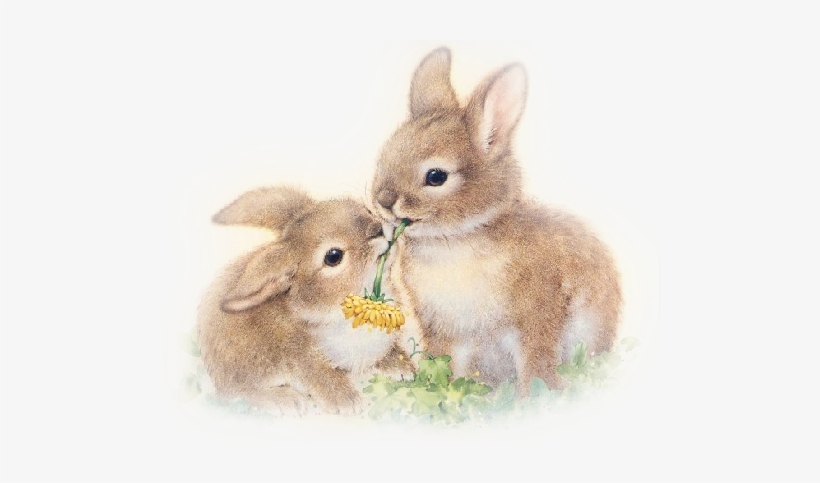While Easter is considered, even still, by Christians and the last remaining Catholics, one of the most holy and hallowed religious celebrations of the year due to the divine miracle of Jesus’, let’s call it, reanimation, it is tinged with a certain perverse sexuality thanks to the emblem of the rabbit, or Easter bunny, forever associated with it.
While the tradition of a rabbit creeping into children’s rooms and giving them baskets of chocolate eggs might seem like another non sequitur capitalist move designed for profit, the Easter bunny’s “existence” stems from being a metaphor for fertility (i.e. Jesus being born again). In most interpretations of the Bible, the meaning of Jesus’ “resurrection” isn’t literal, so much as a figure of speech pertaining to the floating around of his soul, appearing to enough people to start a movement that would lead to his vindication through the ennoblement of transcending into the foundation of a religion. In this regard, the rabbit’s ability to propagate and create new life as easily as most people can snap their fingers speaks to how it came to be associated with Easter, representing Jesus’, shall we say, renewed vigor, as well as status among those who formerly detracted him.
As for the rising prominence of the rabbit in relation to Easter, the Germans are, once again, the masterminds behind bringing certain rituals of Easter to America (just as they did with Christmas). For the earliest reports of the Easter bunny in the U.S. occurred in the 1700s, when German immigrants in Pennsylvania began a tradition featuring Osterhase, a hare that laid eggs, and for which children were asked to make nests for so that the rabbit could have a place to lay them. It’s somewhat like a more sexual version of leaving out milk and cookies for Santa.
A sort of exaltation of the rabbit begat from the exaltation of Jesus’ resurrection originated from the logic that despite the almost sexual depravity of hares, there is a purity to their conception. For the likes of Plutarch once believed that the rabbit was a hermaphrodite, therefore could reproduce non-sexually–lending the animal an almost Virgin Mary-like quality. But as we all know, she wasn’t exactly a hermaphrodite either. By the time post-medieval folk discovered this, the lore was already out there, and the symbol of the rabbit couldn’t be tarred and feathered.
In the twentieth century, that Hugh Hefner should take on the “bunny” for his Playboy logo was further telling of its hyper-sexual connotations. Hefner himself noted, “The rabbit, the bunny, in America has a sexual meaning; and I chose it because it’s a fresh animal, shy, vivacious, jumping–sexy.” Of course, he had to misogynistically add to that statement, “A girl looks a lot like a bunny, playful and joking. If you look at the girl we made popular: the Playmate of the Month. She is never sophisticated, a girl you cannot really have. She is a young, healthy, simple girl–the girl next door…we are not interested in the mysterious, difficult woman, the femme fatale, who wears elegant underwear, with lace, and she is sad, and somehow mentally filthy.”
And yet, looking at a rabbit, actually trying to see what’s behind those eyes, the only sense one can really get is of something “mentally filthy,” as Hef would say. Thus, there is an endless irony to this sordid animal’s association with one of the most spiritual events of the year. And with one of the most theoretically innocent martyrs in known history. Then again, the intermingling of the sacred and the profane is a human tradition far more long-standing than Easter.






















